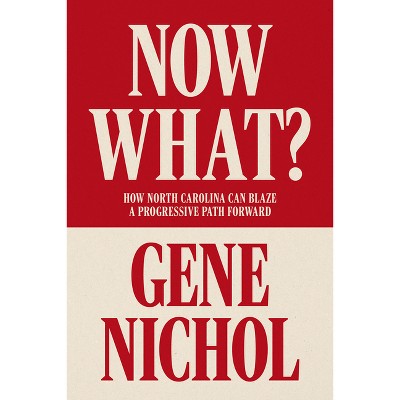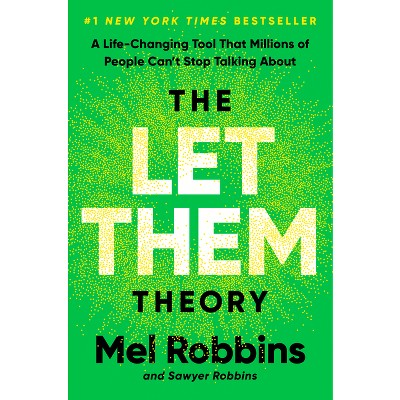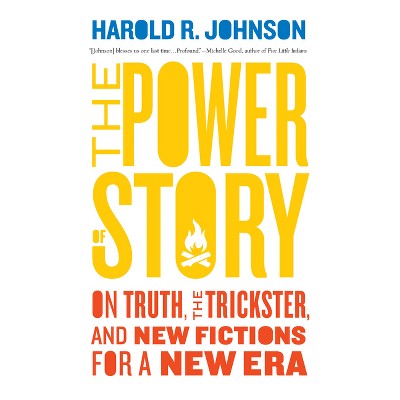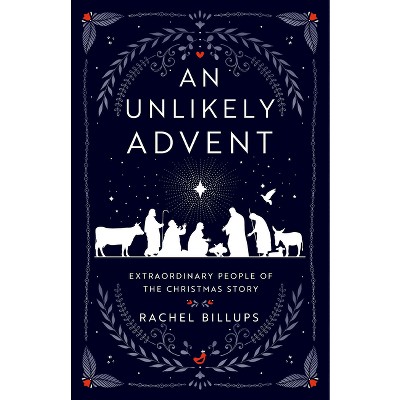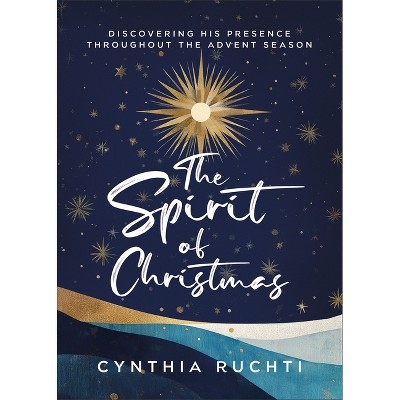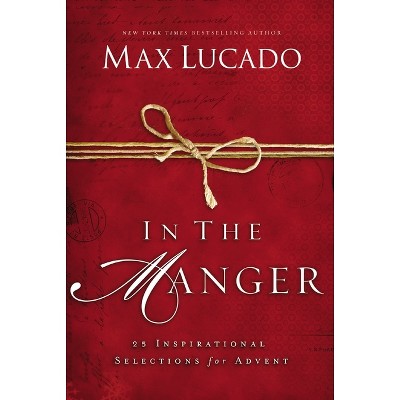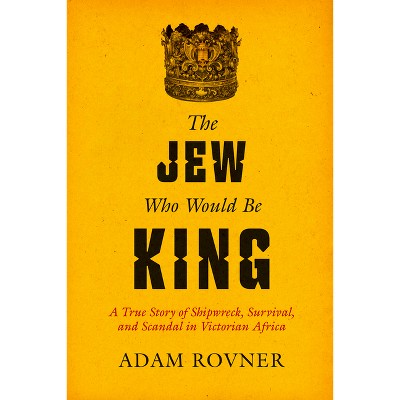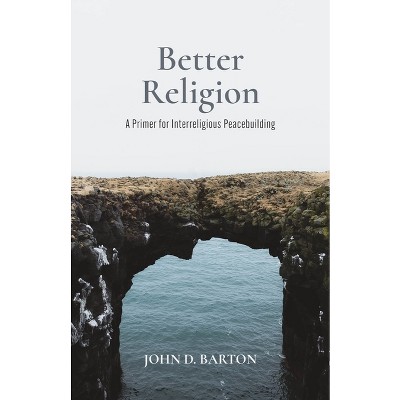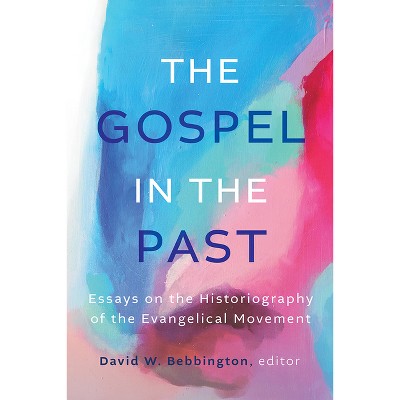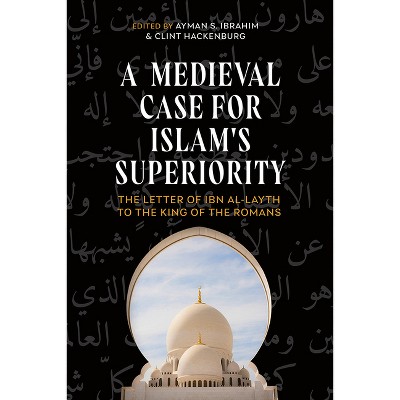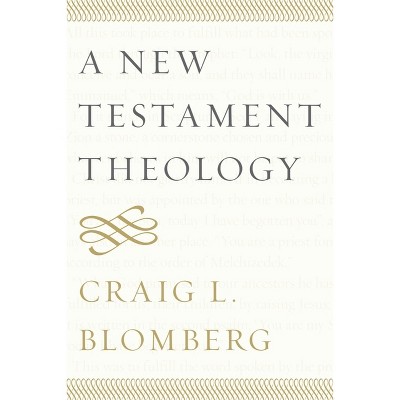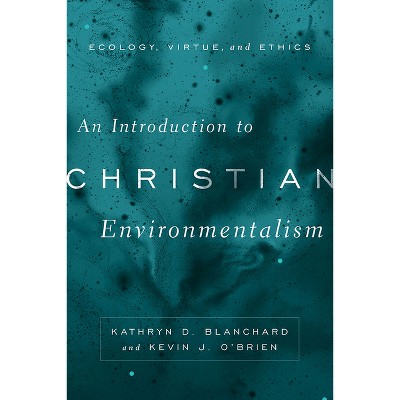Sponsored

The Saint Who Would Be Santa Claus - by Adam C English (Paperback)
In Stock
Sponsored
About this item
Highlights
- With his rosy cheeks and matching red suit--and ever-present elf and reindeer companions--Santa Claus may be the most identifiable of fantastical characters.
- About the Author: Adam C. English is Associate Professor of Religion at Campbell University where he teaches on the philosophy of religion, constructive theology, and the history of Christian thought.
- 242 Pages
- Biography + Autobiography, General
Description
About the Book
With prose as enjoyable as it is informative, he shows why the life--and death--of Nicholas of Myra so radically influenced the formation of Western history and Christian thought, and did so in ways many have never realized.Book Synopsis
With his rosy cheeks and matching red suit--and ever-present elf and reindeer companions--Santa Claus may be the most identifiable of fantastical characters. But what do we really know of jolly old Saint Nicholas, "patron saint" of Christmastime? Ask about the human behind the suit, and the tale we know so well quickly fades into myth and folklore.
In The Saint Who Would Be Santa Claus, religious historian Adam English tells the true and compelling tale of Saint Nicholas, bishop of Myra. Around the fourth century in what is now Turkey, a boy of humble circumstance became a man revered for his many virtues. Chief among them was dealing generously with his possessions, once lifting an entire family out of poverty with a single--and secret--gift of gold, so legend tells. Yet he was much more than virtuous. As English reveals, Saint Nicholas was of integral influence in events that would significantly impact the history and development of the Christian church, including the Council of Nicaea, the destruction of the temple to Artemis in Myra, and a miraculous rescue of three falsely accused military officers. And Nicholas became the patron saint of children and sailors, merchants and thieves, as well as France, Russia, Greece, and myriad others.
Weaving together the best historical and archaeological evidence available with the folklore and legends handed down through generations, English creates a stunning image of this much venerated Christian saint. With prose as enjoyable as it is informative, he shows why the life--and death--of Nicholas of Myra so radically influenced the formation of Western history and Christian thought, and did so in ways many have never realized.
Review Quotes
"No, Virginia, there is no Santa Claus. But there was a St. Nick: Nicholas of Myra, that is. More than 1,500 years have passed since Nicholas, a religious rebel and social reformer, embarked on a life journey that led him to devote himself to serving the poor and suffering, and to give away much of the inheritance left to him by wealthy parents. Bishop Nicholas soon became a legendary figure, whose exploits--real and imaginary--live on in the jolly old man we call Santa Claus. But unlike Santa, Bishop Nicholas, understanding Christianity's responsibilities in a hurting world, jeopardized his own security in the service of his fellows. Never safe from his enemies nor understood by his friends, 'Nicholas' life testified to God's gracious hand protecting and providing.' The author, an associate professor of religion at Campbell University, contends that this mythohistorical figure can best be understood when studied in the context of his milieu, the volatile political and religious atmosphere of 4th-century Greece. He presents this understanding very well. (Nov.)"
-- "Publishers Weekly"The Saint Who Would Be Santa Claus, is both easy to read and developed enough to satiate both the casual reader and the serious academician.
--Matthew P. Payne, Diocese of Fond du Lac "Anglican and Episcopal History"The Saint Who Would Be Santa is a strong pick for biography and history collections.
-- "The Midwest Book Review"... a fresh look at St. Nicholas... English does an excellent job of fleshing out the life and ministry of this man who became a saint who still inspires today.
-- "Library Journal"[English]... contends that this mythohistorical figure can best be understood when studied in the context of his milieu, the volatile political and religious atmosphere of 4th-century Greece. He presents this understanding very well.
-- "Publishers Weekly"A Must Read!
--Liza Weidle "Religion and Faith Examiner"English is a capable storyteller, weaving biographical information about his subject... with rich historical details about his religious and sociological milieu.
--Dawn Eden, The Weekly StandardEnglish... builds a convincing case that there really was a St. Nicholas.
-- "The Wall Street Journal"I recommend this book to both scholars and laymen. English is a superb storyteller. The work is well organized and expressed, and the fascinating relationship between the historical person and the mythical symbol of Christmas is enough to compel one to engage the book.
--Paul A. Sanchez "Fides et Humilitas"The book is distinguished by its beautiful presentation and the occasionally placed black and white images perfectly as a gift for people who expect more from St. Nicholas than just a jam-packed boots.
--Nathalie Schmitt "Forum Antike Welt"About the Author
Adam C. English is Associate Professor of Religion at Campbell University where he teaches on the philosophy of religion, constructive theology, and the history of Christian thought. He lives near Raleigh, North Carolina.



